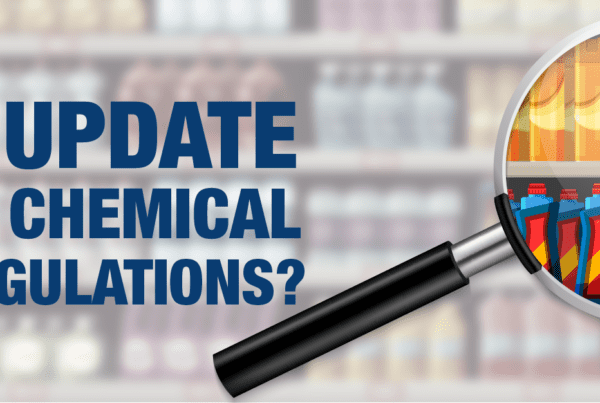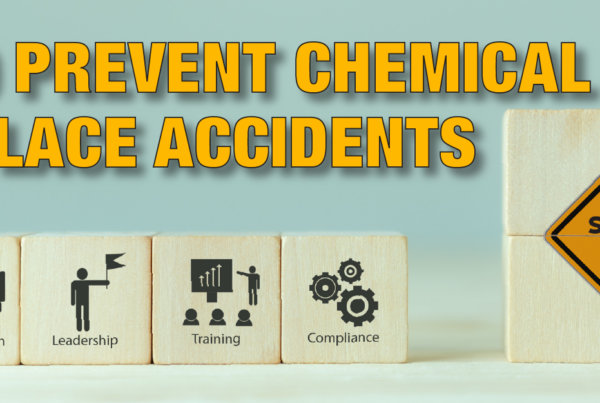A Little Background
A question that’s been top-of-mind with many in the regulated community is along the lines of “What does Canada’s GHS-modified hazardous products act/regulations (HPR-WHMIS 2015) say about workplace training and labelling of hazardous products?”
The short answer to this question is that the new Federal HPR says essentially the same thing as the previous CPR (Controlled Products Regulations-WHMIS 1988):
” ” – i.e. “Nothing”.
Constitutionally, most workplaces fall under the jurisdiction of the provinces/territories so they have the responsibility to establish/enforce OH&S regulations regarding what employers must do to apply the Supplier-provided (Federal jurisdiction) information. The exceptions to this are the limited number of constitutionally-designated Federal workplaces- and even in these workplace issues are addressed through separate OH&S regulations under the Canada Labour Code (CLC).
Ontario’s Blitz
The question is perhaps being highlighted in Ontario where the Ministry of Labour indicated earlier this month that they, under the Occupational Health & Safety Act, would be undertaking an “inspection initiative” (aka “blitz”) regarding WHMIS compliance. This initiative, under the “Occupational Hygiene” program focus, is scheduled to run from now through March, 2016.
Inspectors will be looking for compliance with requirements for “labels, msds, worker education, and COMMUNICATION OF COMPONENTS OF THE GHS” (emphasis added).
Follow this link to view the blitz schedule:
http://www.labour.gov.on.ca/english/resources/blitzschedule.php
The exercise will be complicated by the fact that the WHMIS 1988 regulations can still be applied during the transition period stretching to at least 2018, although the WHMIS 2015 regulations can be used as of February 11, 2015.
The additional spice in the soup is that the US will be using the GHS labels/SDS as of their June 2015 deadline for all new production. Most suppliers who may have been preparing WHMIS labels/msds for Canadian customers will probably discontinue the option (the name of the game is, after all “harmonization”) now that the elements are essentially the same in both countries.
Where GHS Fits
The provinces/territories (P/T) who have spoken on the subject (and Health Canada, regarding the CLC & supplier obligations) have indicated that if labels/msds have not been converted to GHS-format then the WHMIS 1988 requirements apply and will be enforced.
Training and workplace labels have always been an obligation. So if workplace training is to be effective, it must cover the communication elements that are present in the workplace- which could include products with GHS formatted labels.
Until/unless the workplace regulations are updated specifically mandating WHMIS 2015 training, then GHS awareness will presumably only be enforceable (under the administrative statements) if there are HPR-labelled products/SDS in the workplace.
As long as WHMIS 1988 CPR-labelled products/MSDS exist, they must be maintained as before.
Training is Key
So it is in the employers’ interest to start the conversion as soon as possible so that they can take advantage of the benefits of WHMIS 2015 as well as not be “caught” with labels/SDS that they haven’t trained employees to understand.
Recognizing the new pictograms and their relation to the previous system will be the basic foundation required at the shop-floor level.
The workplace labelling requirements are practically not a serious issue during the transition since the current P/T regulations allow for a fairly generic form of hazard communication on employer-produced workplace labels which would allow incorporating GHS elements as long as employees are trained to understand them.
As well as following newsletters and Blogs from ICC and similar sources, various jurisdictions address transitional aspects on the “national whmis portal” website:
Save
Save






 ICC USA
ICC USA ICC Canada
ICC Canada